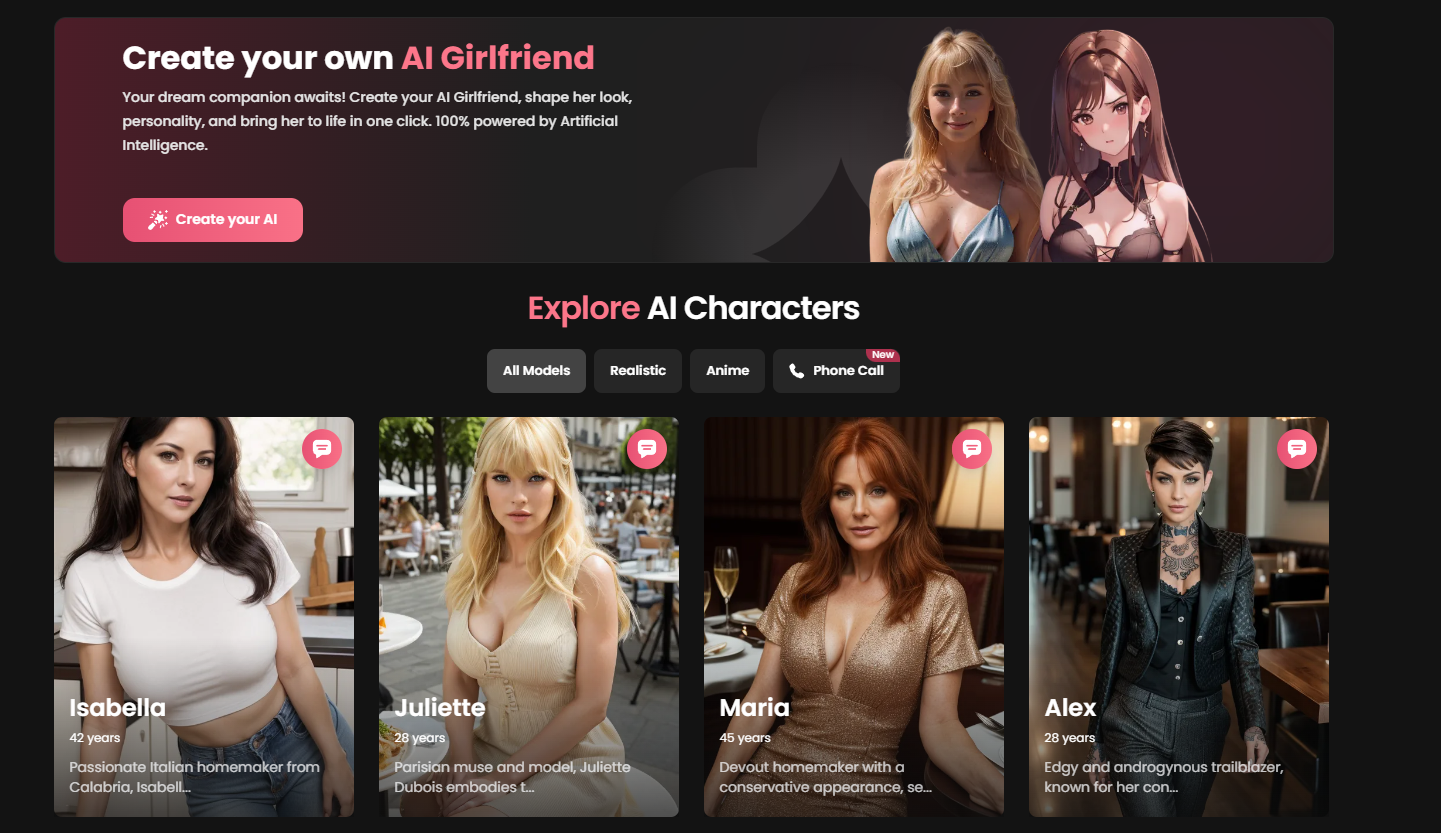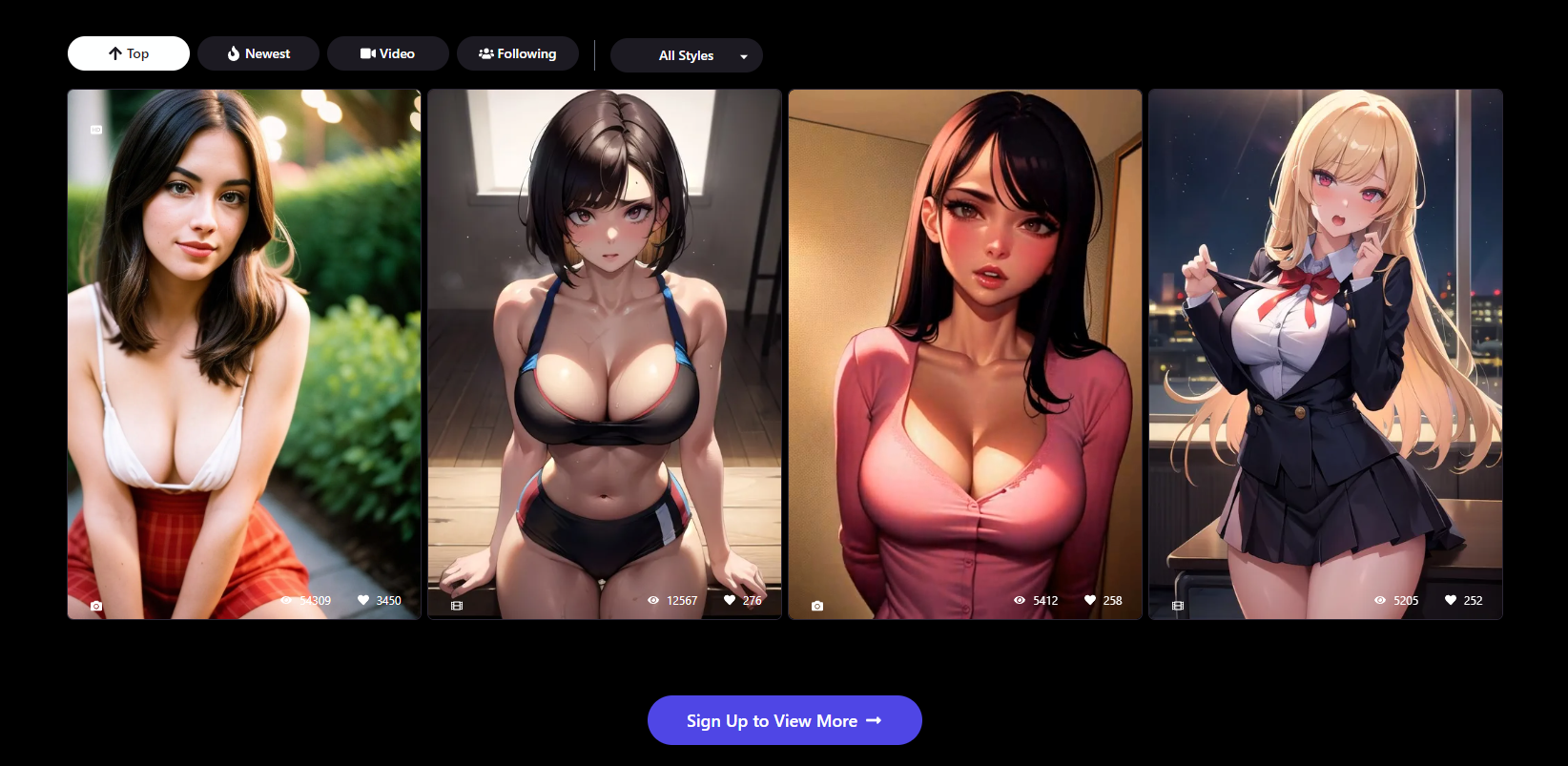If you’ve ever been curious about how AI technology is able to generate realistic cameltoe images, then this article will provide a breakdown of its mechanics. From the use of deep learning algorithms to understanding the anatomy and physics behind creating the perfect cameltoe, we’ll delve into how AI brings this niche fetish to life in a virtual world.
The AI Behind Candy.ai

One of the most well-known names in the world of AI cameltoe is Candy.ai. Developed by a team of engineers and designers, this AI uses deep learning algorithms to generate images of female bodies with realistic-looking cameltoes.
To achieve this, Candy.ai relies on a vast database of real-life images of women wearing tight clothing. These images are then used to train the algorithm, which can analyze them for patterns, textures, and shapes associated with visible cameltoes.
Once the algorithm has been trained, it can then generate new images that mimic these patterns and textures to create realistic-looking cameltoes on virtual models. The end result is an image that appears almost indistinguishable from a photograph of a real woman with a visible cameltoe.
Pros:
- Can generate multiple variations quickly.
- Uses machine learning for accurate results.
- Creates highly realistic images.
Cons:
- Limited diversity in body types represented.
- Raises ethical concerns about objectification.
- Potential for misuse or exploitation.
The Controversy Surrounding Seduced.ai
Another prominent name in the world of AI cameltoe is Seduced.ai. This technology has gained widespread attention, particularly in the adult entertainment industry, for its ability to create incredibly lifelike images of women with visible cameltoes. In single and pregnant dating apps, expectant mothers can find like-minded individuals who are also navigating the complexities of pregnancy and dating.
While some see this as a harmless form of fantasy fulfillment, others have raised ethical concerns about the potential objectification and exploitation of women. The creators of Seduced.ai maintain that their technology is simply a tool for artistic expression and should not be viewed as inherently negative.
Pros:
- Offers a unique form of self-expression.
- Potential for creative use in entertainment.
- Highly realistic images.
Cons:
- Promotes unrealistic beauty standards.
- Raises ethical concerns about objectification.
- Potential for misuse or exploitation.
The Role of PromptChan in AI Cameltoe Development

PromptChan is another player in the world of AI cameltoe, but unlike Candy.ai and Seduced.ai, it is not a standalone technology. Instead, PromptChan provides users with access to various AI models and algorithms that can be used to generate different forms of content, including images with visible cameltoes.
PromptChan’s involvement in AI cameltoe development highlights the broader trend of utilizing pre-existing AI tools and resources to create new applications and services. It also raises questions about the responsibility of companies like PromptChan in regulating the use of their technology.
Pros:
- Offers access to advanced AI tools and models.
- Can be used in various applications beyond AI cameltoe.
- Allows for customization and experimentation.
Cons:
- Potential for misuse or exploitation.
- Lack of regulation or oversight in use of AI cameltoe technology.
- Contributes to the normalization of AI cameltoe.
The Mechanics Behind AI Cameltoe
Now that we have explored some of the key players in the world of AI cameltoe, let’s take a closer look at the mechanics behind this technology. At its core, AI cameltoe relies on advanced algorithms and machine learning techniques to create realistic images.
The first step in the process is data collection. This involves gathering a large number of images of women wearing tight clothing, such as leggings or swimsuits. The more diverse and extensive the dataset, the better the algorithm will be at creating convincing images. Though there is controversy surrounding the topic, the emergence of AI-generated adult material featuring Asian individuals has sparked discussions about cultural representation and ethical concerns in the porn industry.
The algorithm uses deep learning techniques to analyze these images and identify patterns associated with visible cameltoes. It can detect elements such as fabric texture, folds, and shadows that contribute to creating a realistic-looking cameltoe.
Once the algorithm has been trained on these patterns, it can then generate new images by combining different elements to create a convincing virtual cameltoe. These images are often created using virtual models or avatars, which can be customized with different body types and clothing styles.
The end result is an image that appears so realistic that it can be difficult to distinguish from a photograph of a real person. Advanced algorithms also allow for multiple variations to be generated quickly, making it easier for users to find their desired image.
Implications and Concerns About AI Cameltoe
While there is no denying the impressive technological advancements behind AI cameltoe, there are also significant implications and concerns surrounding its use. One of the most pressing concerns is the potential objectification and exploitation of women.
By creating highly realistic images of women with visible cameltoes, AI technology perpetuates unrealistic beauty standards and promotes a narrow definition of attractiveness. It can also contribute to the sexualization and objectification of women’s bodies.
Another concern is the potential for misuse or exploitation. As AI cameltoe technology becomes more advanced, it could be used to create non-consensual images or videos of real individuals without their knowledge or permission. This raises serious ethical and legal issues that must be addressed.
The use of AI cameltoe technology highlights broader questions about the regulation and oversight of artificial intelligence. Currently, there is no formal regulation in place regarding the use of this technology, leaving room for potential abuse and harm.
In Summary
The development and use of AI cameltoe technology raise many important questions about ethics, regulation, and societal impact. While some may argue that it is simply a form of harmless fantasy fulfillment, others see it as a perpetuation of harmful beauty standards and objectification of women.
As we continue to push the boundaries with artificial intelligence, it is crucial to consider the potential implications and consequences of our actions. Only through responsible development and usage can we ensure that AI serves as a force for good rather than harm in our society.

Candy.ai
✔️ Generate AI Porn Images
✔️ Listen To Voice Messages
✔️ Fast Response Time

Seduced.ai
✔️ Generate AI Models
✔️ Save & Reuse Girls
✔️ 300 Images Per Month

PromptChan.ai
✔️ Completely Free To Test
✔️ Edit Your AI Models
✔️ Make Porn Images (no limit)
What is AI cameltoe?
AI cameltoe refers to the use of artificial intelligence in detecting and enhancing images or videos that showcase a noticeable outline of the female genitalia. This technology can be used for various purposes such as censorship, advertisement, or entertainment. It has sparked controversy due to its potential objectification and invasion of privacy.
How does AI contribute to the concept of cameltoe?
AI, or artificial intelligence, is a rapidly advancing technology that has the potential to revolutionize many aspects of our lives. One area where AI has made significant contributions is in fashion and clothing design. This includes the concept of cameltoe, which refers to the visible outline of a woman’s labia through tight-fitting clothing.
Through machine learning algorithms and advanced pattern recognition techniques, AI can now precisely analyze fabric stretch and fit to create clothing that minimizes the appearance of cameltoe. This not only creates a more flattering and comfortable experience for women but also eliminates the need for manual adjustments or alterations. Thus, AI plays a crucial role in improving the overall concept of cameltoe in fashion.
Is there a specific purpose or use for AI cameltoe?
AI cameltoe, or artificial intelligence technology designed to detect and enhance the appearance of cameltoe in clothing, is primarily used for aesthetic purposes. It is often utilized in fashion design and marketing to create more visually appealing garments. Some argue that it objectifies women’s bodies and perpetuates unrealistic beauty standards. Others see it as a tool for artistic expression and self-confidence.
Are there any potential concerns or implications associated with this technology?
As with any new technology, there are potential concerns and implications associated with AI cameltoe. One concern is the objectification of women’s bodies and the reinforcement of societal beauty standards. There may be privacy concerns related to the use of personal images and data. There could also be ethical considerations regarding consent and ownership of these digitally altered images. It will be important to carefully consider and address these issues as this technology continues to develop.
